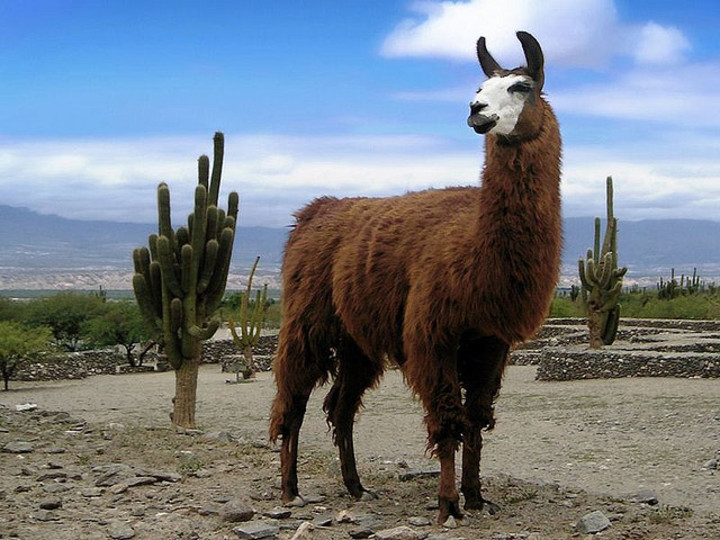

More than 1.2 million Tibetans (one-fifth of the population) have died as a result of China/s occupation of Tibet. He fled the country and more than 80,000 Tibetans followed him into exile to India. 1940.įinally, on March 31, 1959, the Dalai Lama recognized that he was no longer safe and that he could better serve the Tibetan people from outside Tibet. This painting by Indian artist Kanwal Krishna after the installation of Tenzin Gyatso as 14th Dalai Lama became the official representation of the young spiritual chief of the Tibetan people.

The teenaged ruler struggled with his responsibilities, but he firmly grounded all his decisions and actions in Buddhist philosophy.
Lama pictures full#
The small Tibetan army was unable to handle such an invasion.Īs a result, the Dalai Lama was forced to finish his studies and assume full political rule of Tibet. In 1950, 84,000 troops of the newly created People’s Republic of China launched a major invasion of Tibet. A regent governed the country while the 5-year-old Dalai Lama completed his rigorous religious education. The traditional ceremony enthroning the 14th Dalai Lama was attended by observing foreign dignitaries after a traditional Tibetan recognition process. In 1940 the 14th Dalai Lama was installed on the Lion Throne at the Potala Palace, a 1,000 chamber winter home of the Dalai Lama, located on the mountainside overlooking the city of Lhasa. The young boy was taken on a 3-month journey to Lhasa, the capital of Tibet.
Lama pictures series#
The series of difficult tests that followed confirmed that Lhamo Thondup was the reincarnation of the 13th Dalai Lama. In every case, he chose the Dalai Lama’s own objects and rejected the others. Later, when the young boy was presented with various objects, he selected those that belonged to the 13th Dalai Lama, stating, “It’s mine”.

The monk said, “if you know who I am, you can have it.” The child said “Sera Lama, Sera Lama” and spoke with him in a Lhasa accent, in a dialect the boy’s mother could not understand.

He held an old mala that had belonged to the 13th Dalai Lama, and the boy Lhamo Dhondup, aged two, approached and asked for it. Just two years later, in 1937, the high lama Kyestang Rinpoche (a Tibetan Buddhist spiritual master) has a vision at Lhamo Lhatso, an oracle lake in southern Tibet, which directed a group of Tibetan monks to the home of Lhamo Thondup.Īccording to the search lore, when the monks visited in disguise, posing as pilgrims, its leader, a Sera Lama, pretended to be the servant and sat separately in the kitchen. Lhamo Thondup (translated to “Wish-Fulfilling Goddess”) was born on July 6, 1935, to a poor family in the town of Taktser, situated in the Amdo region of northeastern Tibet. In 1937, Lhamo Thondup, later named Tenzin Gyatso, was identified as the 14the Dalai Lama of Tibet. The 13th Dalai Lama of Tibet died in 1933.Īt that time, the Tibetan people began the search to identify his reincarnation, their future leader. This belief is deeply rooted in the Tibetan Buddhist faith that an individual’s spirit remains, even after the physical body dies. Throughout history, each Dalai Lama has been recognized as the reincarnation of those before him. In English, Dalai Lama roughly translates to “Ocean of Wisdom”. The title Dalai Lama refers to an individual who serves as the spiritual and political leader of the Tibetan people. The young 14th Dalai Lama through old photographs, 1935-1959


 0 kommentar(er)
0 kommentar(er)
